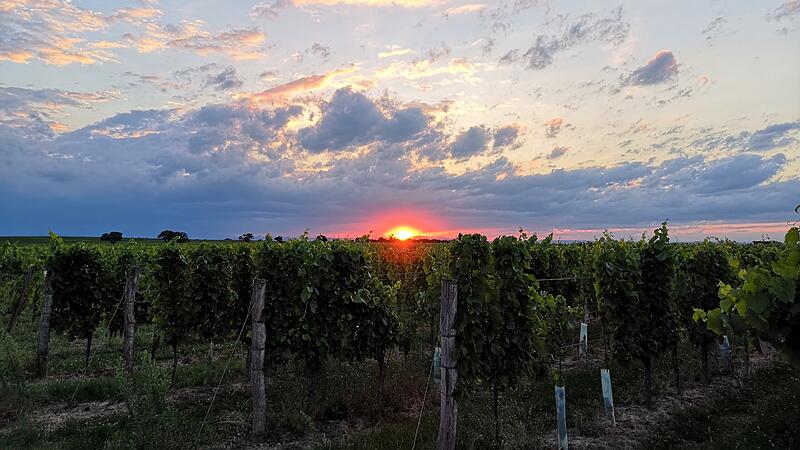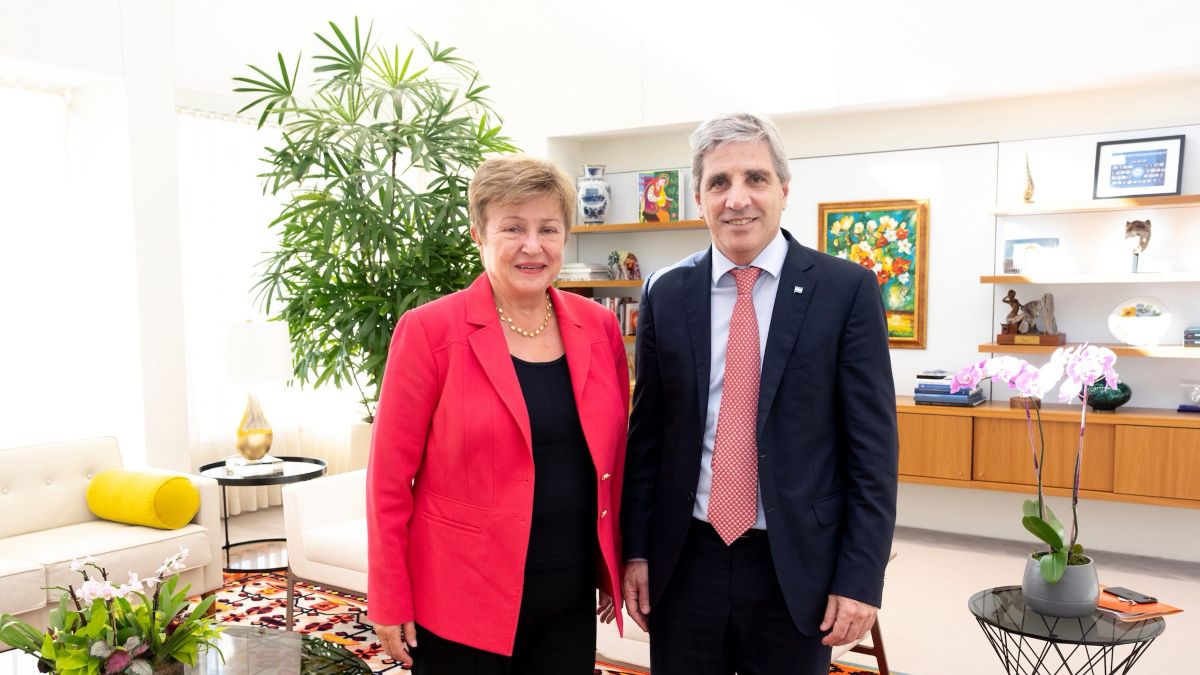In the “blue hour”, when evening turns into night and small lamps bathe the almost endless facade in soft light, the Tschardakenhof in Lutzmannsburg in Central Burgenland shows its most attractive side. It is a relic of rural life typical of the region in the 19th century, a piece of cultural history that – displaced by the spirit of modernity – has become a rare commodity. Patricia Oehner agreed to preserve the 60 meter long Streckhof, carefully renovate it and equip it with five apartments in the 4-star segment.
The history of the decorative architecture dates back to 1829. The names of the guests reflect the original use of the living quarters, stables and barns: Anger, Weinkeller, Viecherei, Hofstatt and Troadkasten. The rooms behind the massive loam and brick walls appear because nothing is overloaded, yesterday (Mum’s couch, old cupboards) and today (box-spring beds, kitchen) come together as a matter of course.
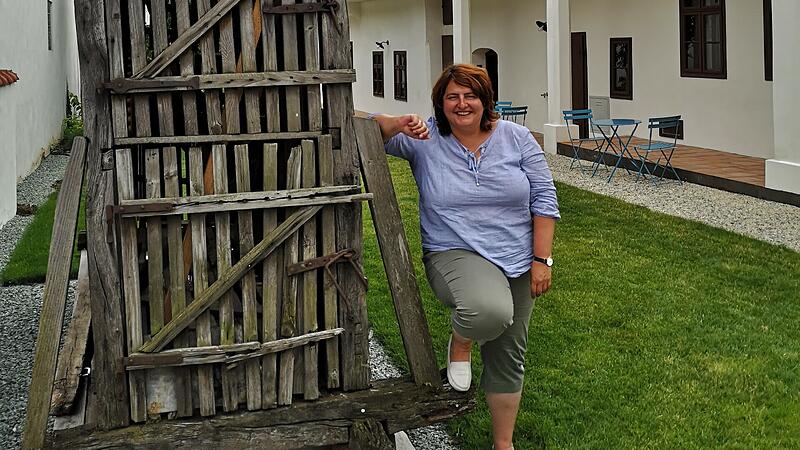

What is a chardake?
At the entrance to the 1200 square meter garden, it is explained how the listed courtyard of the Vorarlberg native, who lives in Vienna and is active in the catering and tourism business, got its name. Jacked up, a weather-beaten Tschardake, a narrow-pitched wooden slat hut. The harvested Kukuruz cobs used to be dried here and then the grains were rubbed off.
Between the spacious apartments is the Kramasuri vault with wine, beer and non-alcoholic beverages for 24-hour self-service. There is also space for a small library, a games library and all sorts of Kramasuri. If you wish, you can get a delicious breakfast from the neighboring farm shop, which is left in the box in front of the door at eight o’clock.
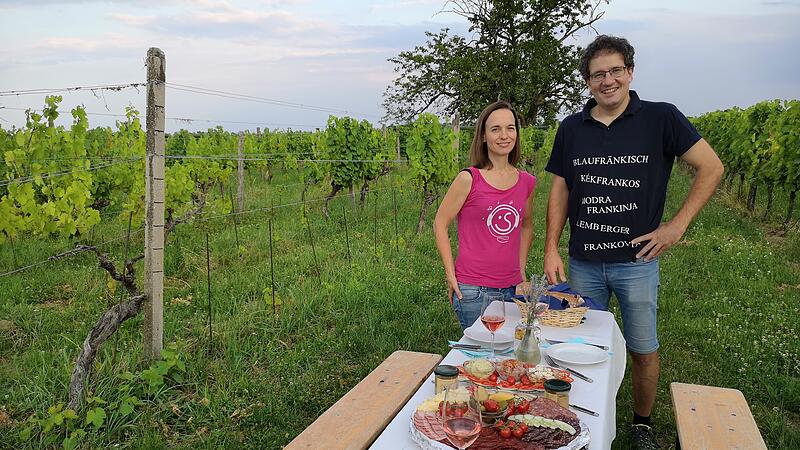

From our base to discover Central Burgenland’s special features, we set off on a trip into the blue – which in this case is to be taken literally. In Steinberg, Josef Koó devotes himself entirely to blueprints. He is one of the last to keep this traditional craft alive. In Austria there is only a second company, the Blaudruckerei Wagner in Bad Leonfelden. In 1921, the grandfather started in the workshop, “and to this day it hasn’t stood still for a single day,” says the 64-year-old, who is the third generation to dye the fabrics, some of which are patterned with 200-year-old models, with indigo blue. A squeak cuts through the workspace, unchanged for a hundred years. Koó cranks the star hoop with the lengths of fabric out of the vat, the four-meter-deep, brick paint vat. The fabric stays in the air for ten minutes and then submerges again. A process that is repeated up to ten times. If the blue suits, the dyer can make it blue while the fabric dries. A worldwide rarity is still used for bulk goods, the manually operated roller printing machine from the 1930s. But where time seems to have stood still, time moves on. Working together with fashion students and designers of the caliber of Susanne Bisovsky, you can experience blue wonders in the small sales room, from old jeans with fresh patterns to modern blue print shoes.
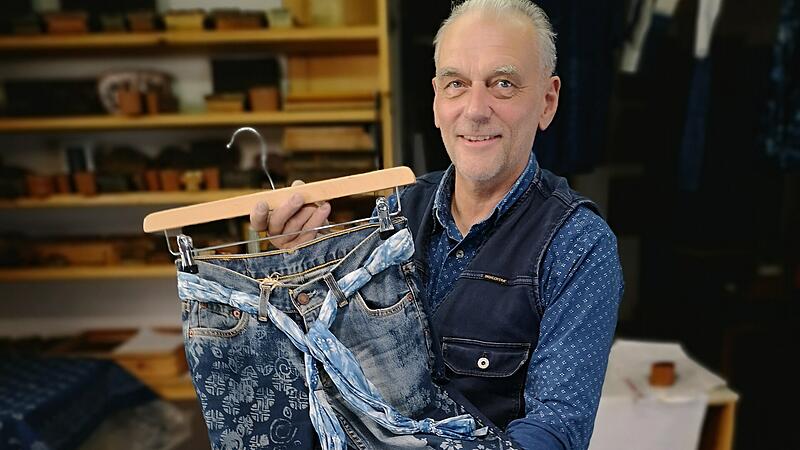

“Play that more in blue”, Franz Liszt, born in Raiding in 1811, liked to instruct his piano students. The birthplace of the world-famous composer and pianist, once the Esterházys’ farm, where Liszt’s father served as accountant for the princely sheep farm, is now a museum about the life and work of the “worldly, soulful man who was urged to join a monastery, but who was also a bon vivant”. That’s what Hans Tesch calls him, for whom one round on the Liszt Path and through the Liszt Center Raiding is almost too short to fully pour out his cornucopia of knowledge. His guided tours, peppered with details and anecdotes, are recommended (0664/6278397, hans.tesch@raiding.at).
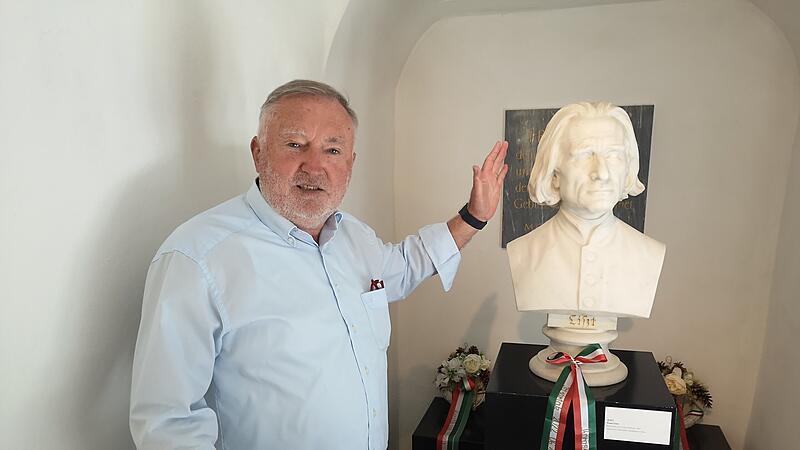

Blue Zimmettraube and Weißer Heunisch found each other by chance, and the Blaufränkisch variety emerged as a crossbreed, which occupies more than half of the vineyards in central Burgenland. In Lutzmannsburg, the sticks are rooted on a plateau, the 300 meter high Weingebirge.
Between ancient vines that her great-grandfather planted in 1906, Kerstin Rohrer set up a fine picnic table together with her partner and cellar master Alexander Hirt. The plates are expansively occupied with, among other things, nut salami, hussar sausage, various types of cheese, a grandiose liver sausage made to the house recipe, wheat and rye sourdough bread and a “Hozatbagl”. The plait was distributed with a liter of wine to those in town who were not invited to the wedding. In addition, six fine wines from the Hans Rohrer family winery are tasted, the love of wine is celebrated – until the sun sets behind the vineyards and the blue hour heralds the end of the day.
blaufraenkischland.at
- Accomodation: Tschardakenhof, Lutzmannsburg, from 120 euros per apartment/day for 2 people (tschardakenhof.at)
- Music: Liszt Festival Raiding, 6.-23. October (lisztfestival.at)
- Culinary: red wine experience in Lutzmannsburg, 5.-8. August (rotweinerlebnis.at); winemaker board at the vineyard in the Lutzmannsburg wine region, 9 winegrowers, 18 wines, 2 September, 4.30 p.m. (winzertafel.at); picnic in the Weingebirge, Fridays, Saturdays, from 4 p.m. (rohrerwein.at); “To the grape” in Neckenmarkt, Burgenland specialties (zurtraube.at); Buschenschank Krizmanich in Croatian Minihof: rustic, delicious bacon from Turopolje pigs
- Escape fun: including “Fine Vino” in Deutschkreutz, puzzle game in two wineries, z. B. Susanne Heinrich and Pfneisl (lakesescape.at)
Source: Nachrichten

